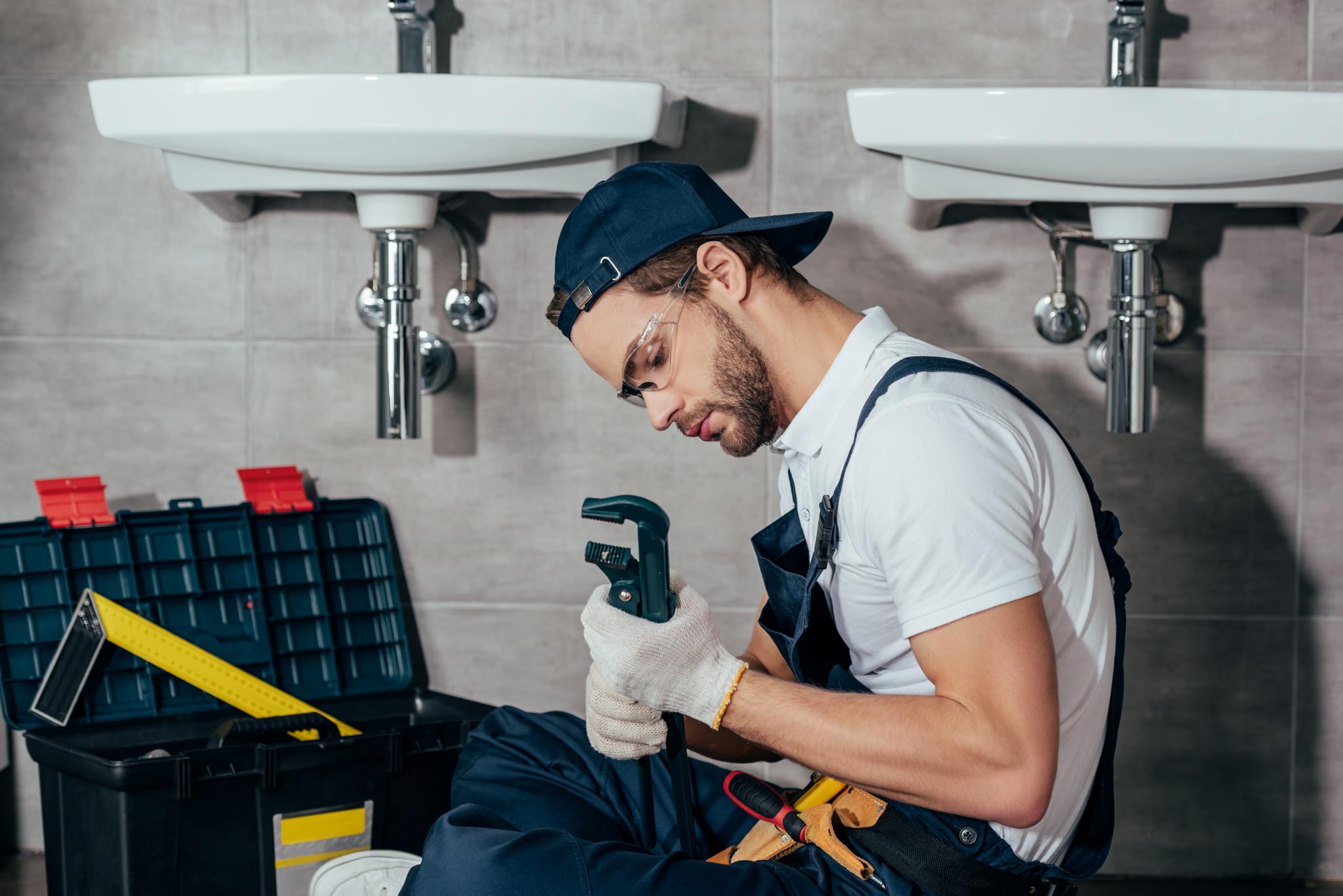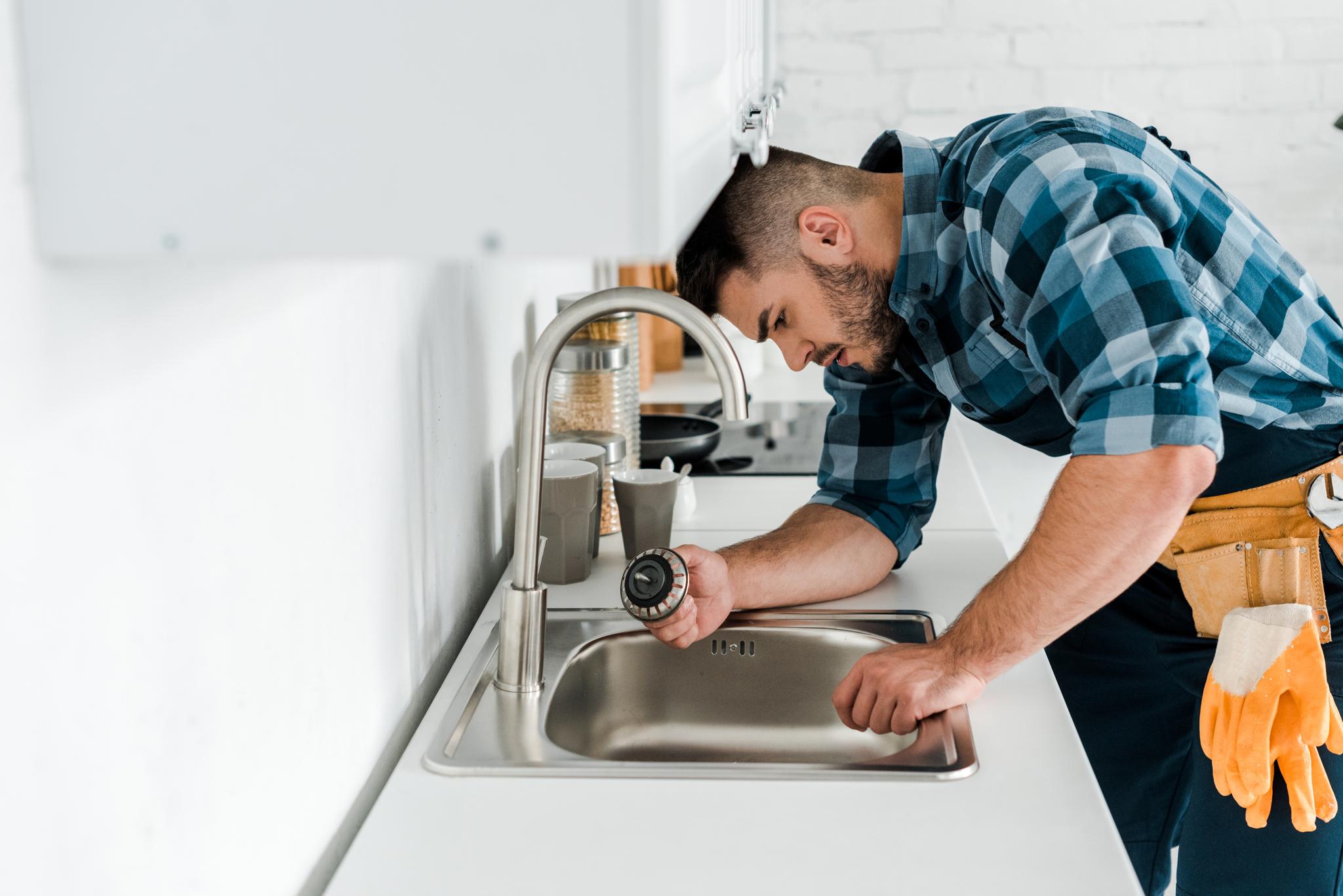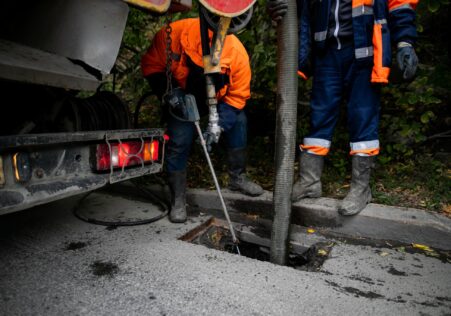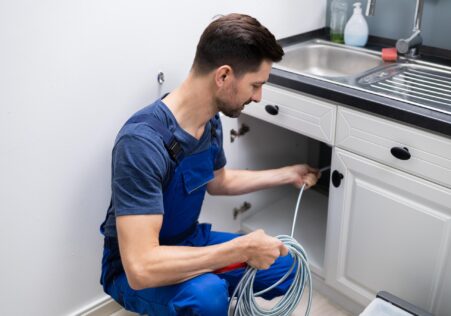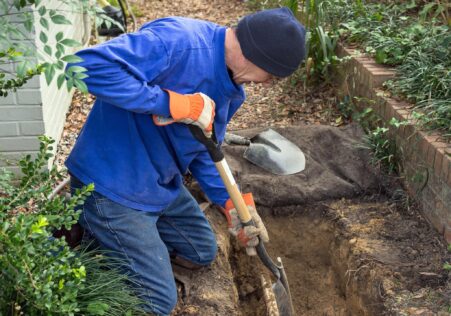How to Choose the Right Pipe Relining Material for Your Home
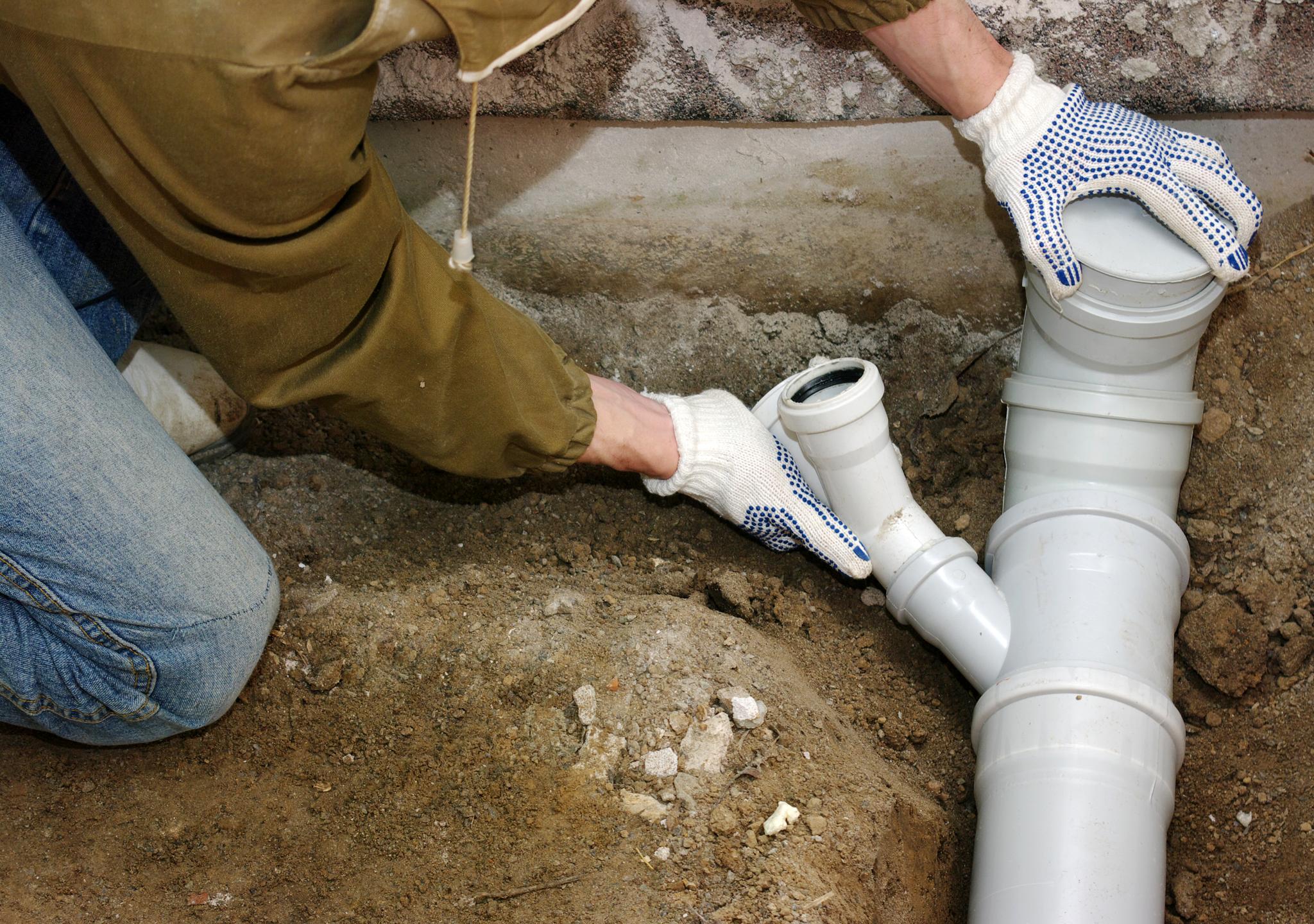
Keeping your home’s plumbing in good shape is crucial, but the pipes can be damaged with time. The standard method of replacing them involves digging into and removing old pipes, which could be a hassle and costly. However, pipe relining can be an even superior, cost-effective and efficient alternative.
Key Takeaways
- Pipe relining can be a cost-effective alternative to traditional replacement of pipes methods.
- The selection of the best pipe relining material is crucial to ensure longevity and effectiveness
- Considerations when choosing materials for pipe relining include the surroundings, flow capacity cost, durability, and maintenance
- Materials for relining pipes include Cured-in-Place Pipe (CIPP), Fiberglass Pipe Lining, along with Cast Iron Pipe Lining.
- Relining pipes creates a brand new "pipe inside a pipe" which allows you to restore full functionality, without elimination of pipes.
There are a myriad of materials for pipe relining It is essential to select the most appropriate one. This guide will let you know what you need to think about when selecting an appropriate pipe relining product which is suited to your needs and budget.
What exactly is Pipe Relining?
Before we go into the best pipe for relining, let’s explain what it is.
Pipe relining is a procedure that involves insertion of an epoxy liner into damaged or damaged sewer lines, water mains, or other underground pipe system, thereby preventing leaks and root infiltration. It is basically creating a new "pipe within the pipe" which helps restore full functionality without the removal of the existing pipes.
The benefits of relining pipe include:
- Minimizes excavation works
- Reduces the cost that are associated with traditional methods
- More hygienic than excavation
There are many advantages when it comes to lining, selecting the proper material for lining is crucial for efficiency and durability.
The Factors to Consider When Selecting Pipe Relining Materials
- Environmental: Another of the most important things to think about when choosing the pipe lining material you choose should be the surroundings. The external surroundings determine the durability of the liner will remain free from the effects of chemicals as well as humid conditions.
- Capacity of Flow The term "flow capacity" could be the amount of liquid that flows smoothly over the plumbing after the installation of new liners.
- Durability: Durability measures how long it will last when exposed to harsh environments such as excessive water levels, chemical substances and other harsh conditions.
Costs
Additional Information
- The Dangers of Using Chemical Drain Unblockers
- Pipe Relining: A Smart Investment for Your Property
- The Benefits of CCTV Drain Inspection: Beyond Unclogging Pipes
- When Should You Call A Professional To Clear Your Blocked Drain?
- The Advantage of CCTV Drain Inspection in Detecting Root Infiltration Early
- Don't Let These Common Mistakes Clog Your Pipes
- Saving Time and Money with CCTV Drain Inspection for Drain Clearing
- Resolve Your Sewer Problems Without Spending A Lot: Pipe Relining
- The Importance of Professional Drain Cleaning for Your Family's Health and Safety
- Is It Time for a CCTV Drain Inspection? Here's What You Need to Know


